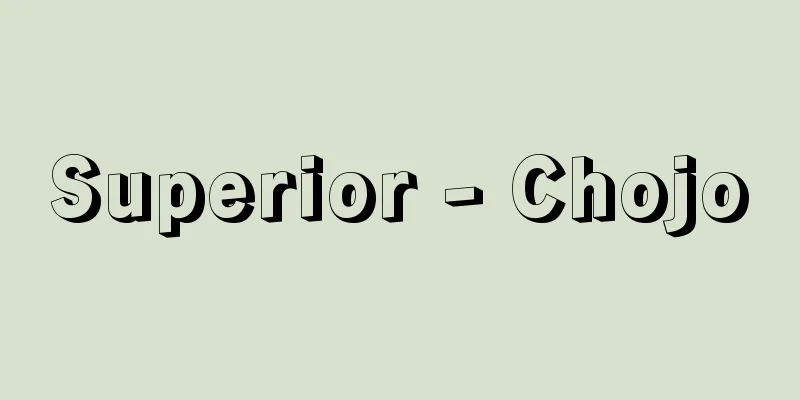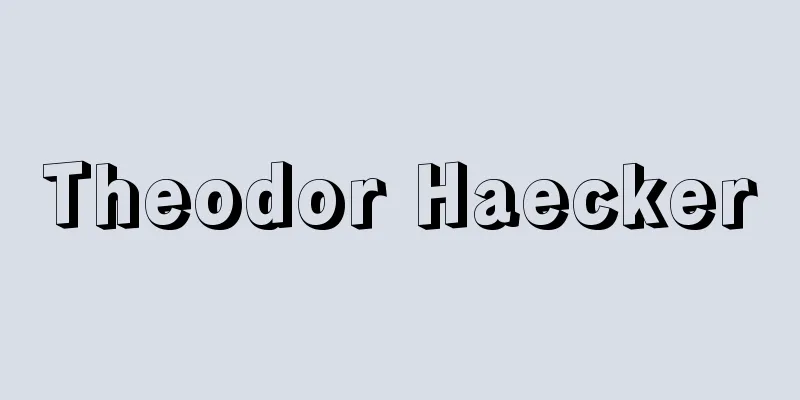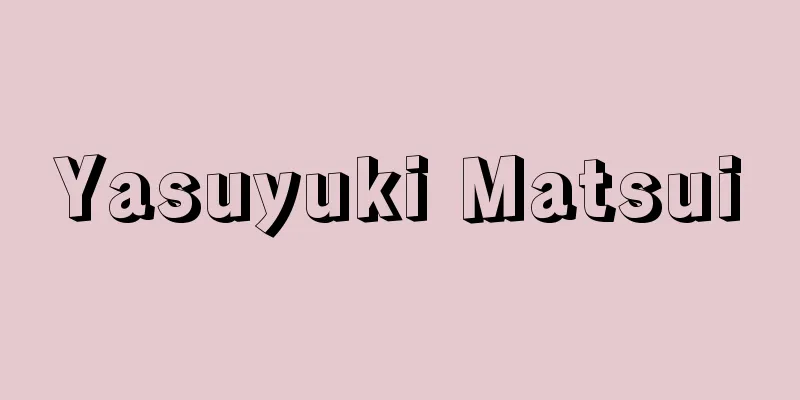Ionization

|
(1) This refers to the dissociation of an electrolyte into ions in a solvent (usually water). It is the same as ionization. For example, when sodium chloride is dissolved in water, almost all of it becomes separate hydrated sodium ions (with water molecules) and hydrated chloride ions. When acetic acid is diluted with water, some of the acetic acid molecules dissociate to produce hydrated hydrogen ions and hydrated acetate ions. The sodium chloride and acetic acid in this state are called electrolytes, and those with a high degree of ionization, such as sodium chloride, are called strong electrolytes, while those with a low degree of ionization (such as acetic acid) are called weak electrolytes. This ionization is a type of chemical reaction, so the law of mass action can be applied. For example, for the acid HA, (2) In the case of many gases, this refers to the case where atoms or molecules are collided with high-energy electrons or are exposed to light or radiation, losing electrons and becoming positive ions or negative ions. (3) When a neutral molecule or atom acquires a positive or negative charge, it becomes an ion. For example, liquids such as water and ammonia are [Toda Genjiro and Nakahara Katsunori] [Reference items] | |Source: Shogakukan Encyclopedia Nipponica About Encyclopedia Nipponica Information | Legend |
|
(1)電解質が溶媒(多くは水)の中でイオンに解離することをいう。イオン化と同じ。たとえば、塩化ナトリウムを水に溶かすとほとんど全部が、ばらばらの水和した(水分子を伴った)ナトリウムイオンと水和塩化物イオンになる。酢酸を水で薄めると、酢酸分子が一部解離して水和した水素イオンと、水和した酢酸イオンを生ずる。このときの塩化ナトリウムや酢酸を電解質といい、そのなかで塩化ナトリウムなど電離の度合いの高いものを強電解質、低いもの(酢酸など)を弱電解質という。 この電離も化学反応の一種であるから質量作用の法則が適用できる。たとえばHAという酸については、 (2)多くの気体の場合、原子あるいは分子が高エネルギーの電子に衝突されたり、あるいは光、放射線などの照射を受けて電子を失って陽イオンとなる、あるいは陰イオンとなるような場合をいう。 (3)中性の分子や原子が正または負の電荷をもらってイオンになることをいう。たとえば、水やアンモニアなどの液体は、 [戸田源治郎・中原勝儼] [参照項目] | |出典 小学館 日本大百科全書(ニッポニカ)日本大百科全書(ニッポニカ)について 情報 | 凡例 |
Recommend
Kanto Prefecture - Kanto
→Kamakura Prefecture Source: Shogakukan Encyclope...
Bastille (English spelling)
A fortress built at the Porte Saint-Antoine in Par...
Ethyl acetoacetate - Ethyl acetoacetate
C 6 H 10 O 3 (130.14). CH 3 COCH 2 COOC 2 H 5 . I...
education of adult
...However, in recent years, as paid educational ...
Patrick Christopher Steptoe
1913‐88 British obstetrician-gynaecologist. He ser...
Accountant's dormitory - Shukeiryo
An office under the Ritsuryo system belonging to t...
Actophilornis albinucha (English spelling) Actophilornisalbinucha
… [Shinji Takano]. … *Some of the terminology tha...
Yellow variety - Oushokushu
…These varieties were adapted to the climate and ...
Mount Dainichi
[1] A peak in the Tateyama mountain range in easte...
Kirishima Azalea - Kirishima Azalea
An evergreen shrub of the Ericaceae family (APG c...
Mago
...It was only under this political system that t...
Inagawa [town] - Inagawa
A former town in Ogachi County in the southeastern...
Consignment - Itaku
To entrust another person with a certain action, ...
Osawa Pond - Osawa Pond
A pond located to the east of Daikakuji Temple in...
Richardson, H.
…This was also linked to cultural nationalism, su...









